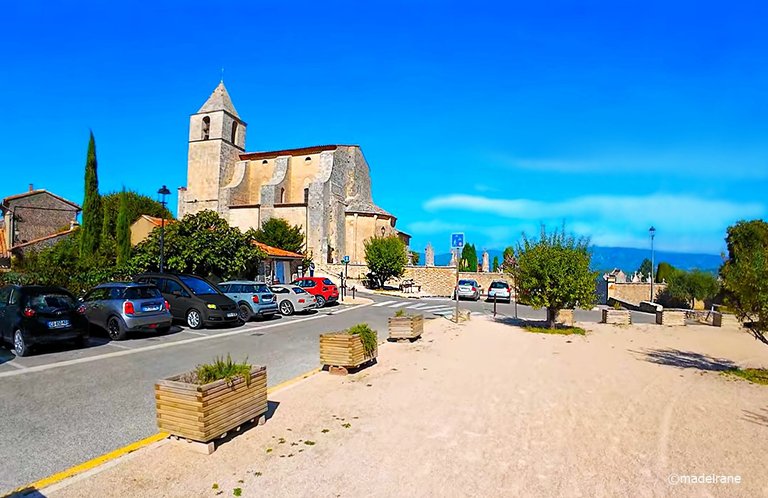
The ancient Roman city of Apt in Provence is surrounded by untouched hills, on top of which the picturesque stone villages of Bonnieux, Ménerbes, Mur, Saignon are built. Some of them bear the title of the most beautiful villages in France. In Provence, citizens always warmly welcome guests who come to experience these places! And I have to say that we have never experienced any rudeness from them.

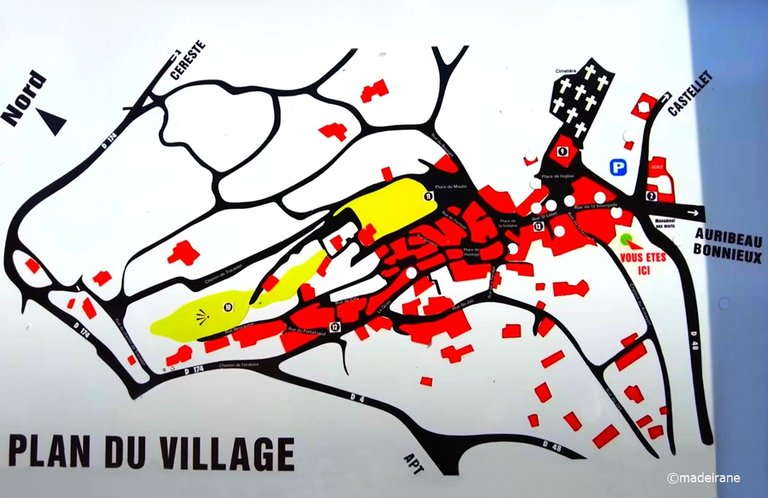
These old villages are covered in grapes, and they are full of fountains, charming churches, small squares where we could sit in the shadow... Traveling through these villages in the south of France, we joked that they compete in beauty. Today I want to show one more of them - Saignon.
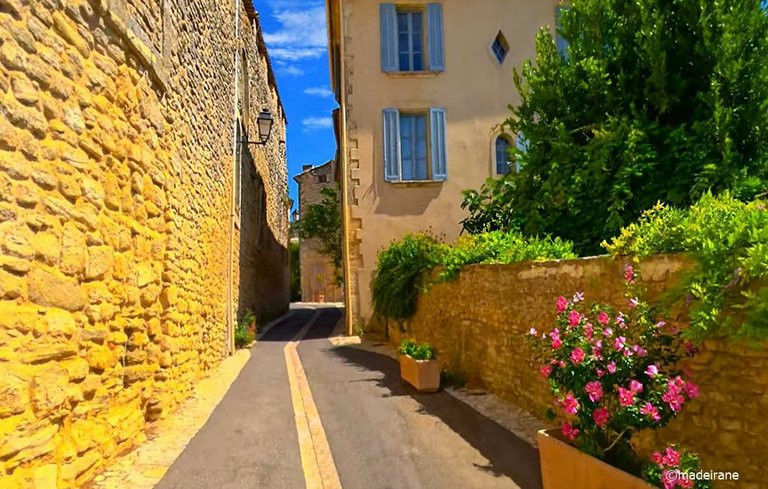
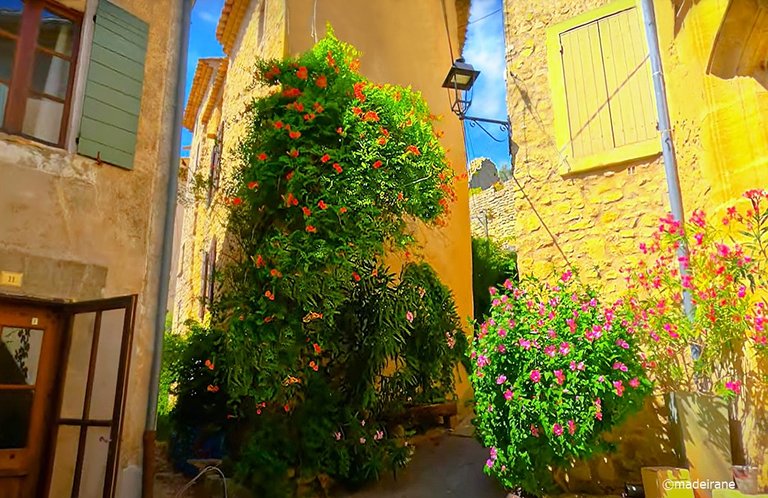
The village of Saignon is located in the Luberon mountain range. And here are all those famous Provençal charming details that make people from all over the world want to come and see them: small stone houses wrapped in ivy, fountains, gazebos, and, of course, endless fields of lavender. For me, visiting the villages of Provence was a real paradise for my soul.
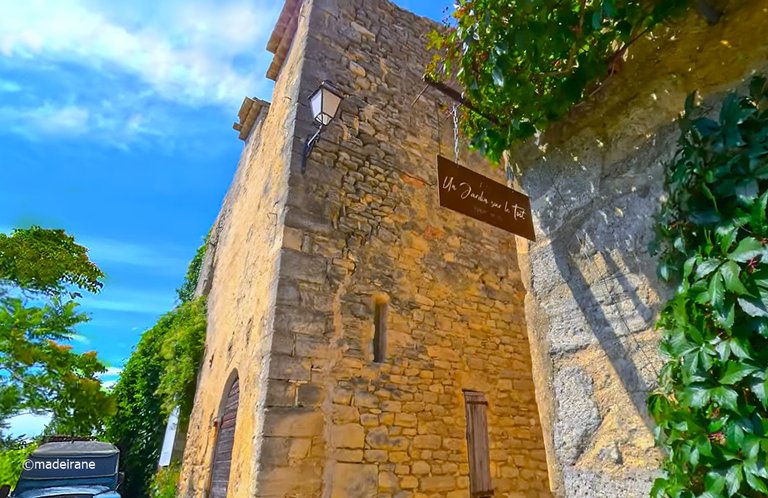
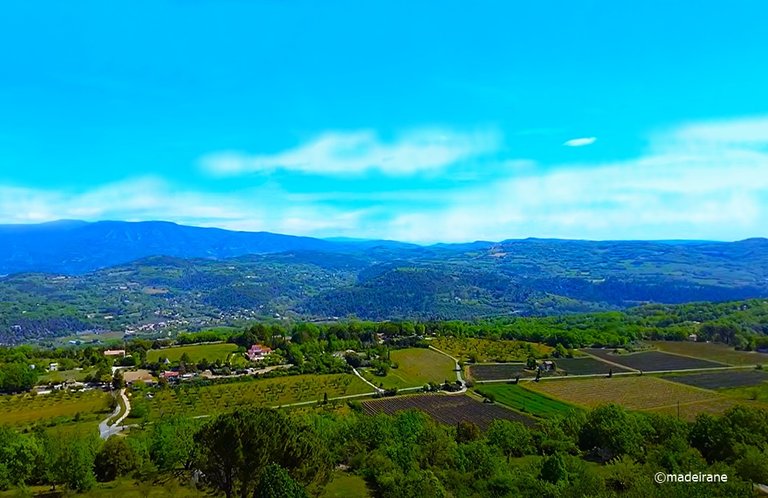
The splendid but little village isn t built ohe top of a hill and cute facades, charming hidden streets fill it. It is not at all overrun with tourists and remains peaceful and authentic. The history of Saignon goes back thousands of years. A city that was not lost over time but found its place under the sun to shine today in all its glory.
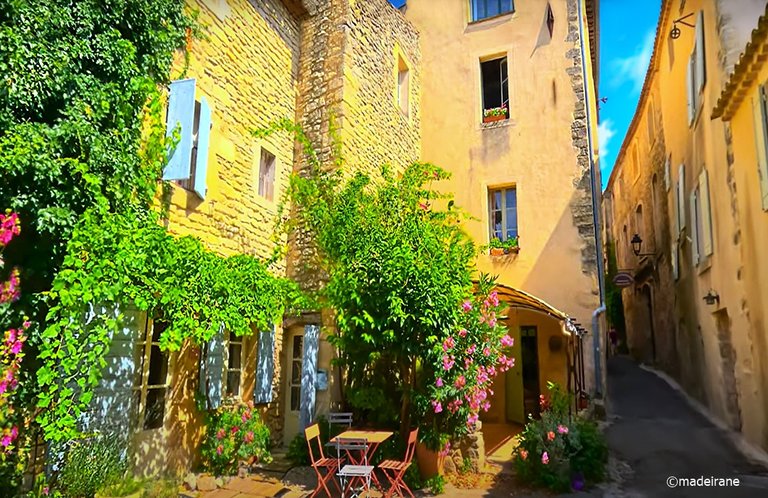
Saignon with its fortress defended the city of Apt, attacked by numerous and various invasions over the centuries. Funny, but today it has the biggest invasion of recent years - of tourists.
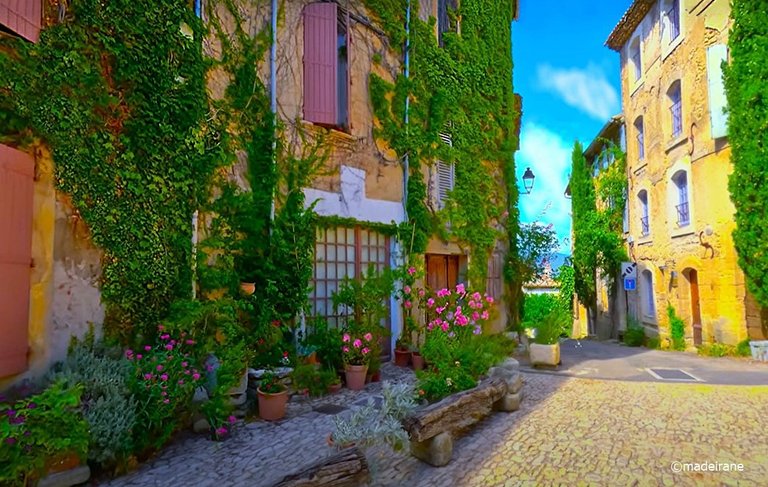
The economy there is based on viticulture and the production of lavender, honey, and truffles. In the immediate vicinity of the city of Apt, tourism has also become the main economic axis.
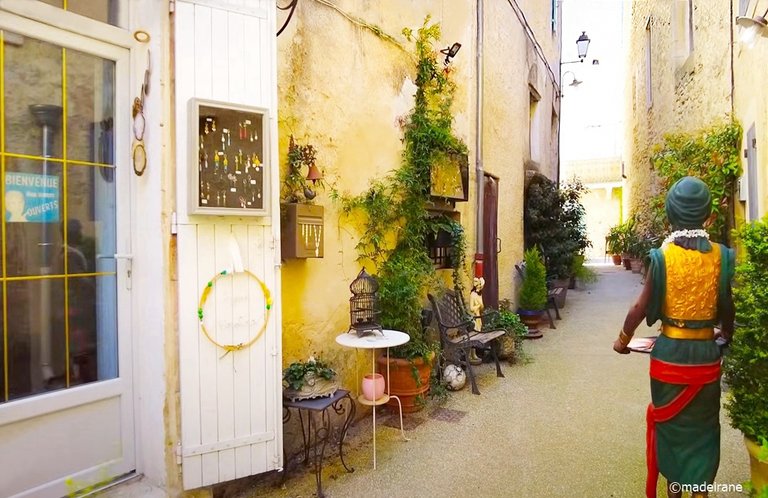
Inhabited since prehistoric times and in ancient times, the village has a true authentic charm, located on a spur at an altitude of 500 meters. Fortified in the Middle Ages, within whose walls it hides up to three castles. Also, in Saignon, there is an abbey from the 11th century.

Currently, there are about 1050 inhabitants. The charm of the ancient streets, the preserved heritage, and the panoramas of this picturesque village attracted us not to pass by this village but to come and see ourselves.
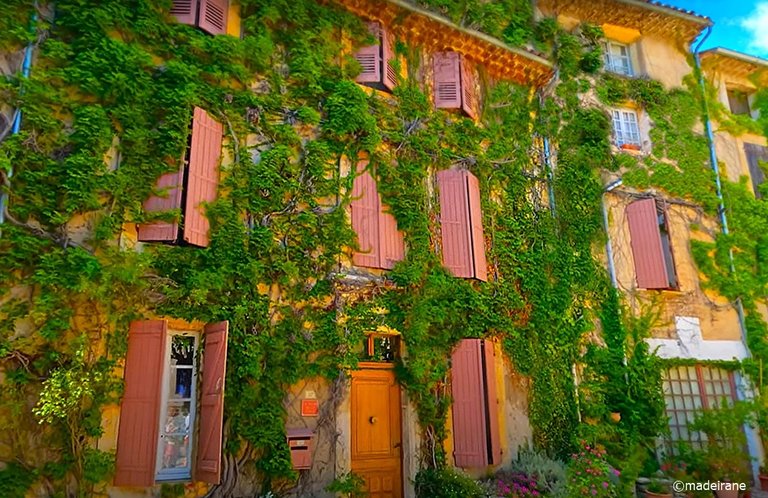
At first we decided to visit some historical sites and only then enjoy the charm of the village itself. The main village's attraction is considered to be a 35-meter cliff. This natural elevation was used by locals to build fortifications in ancient times. And preserved caves with tunnels remind that.
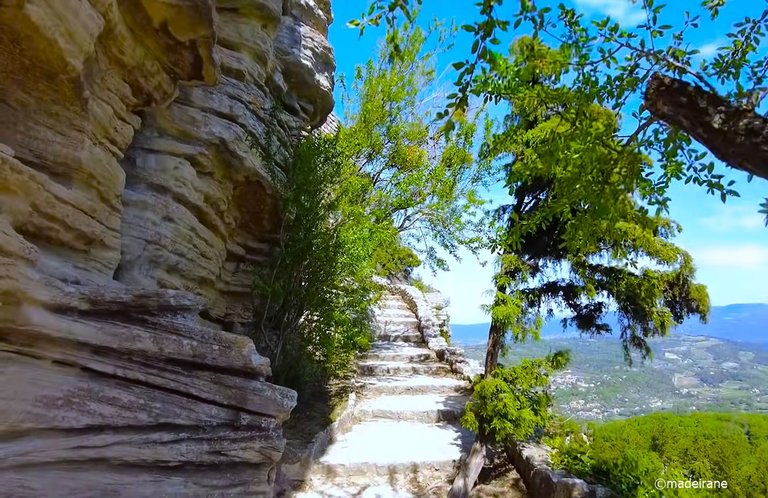
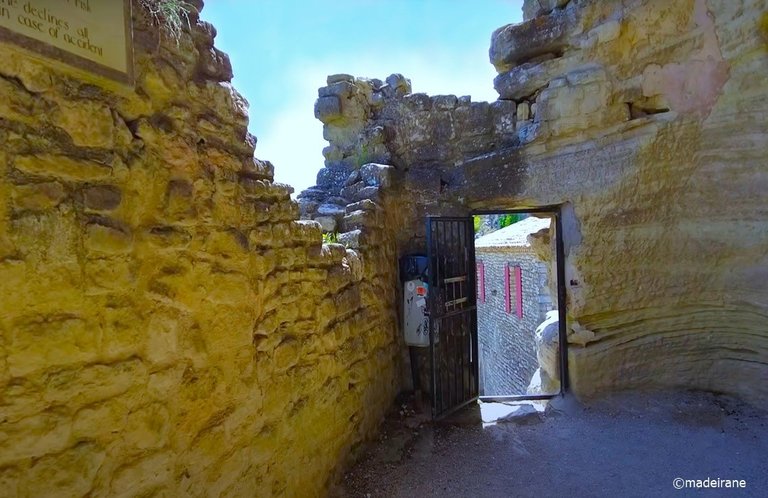
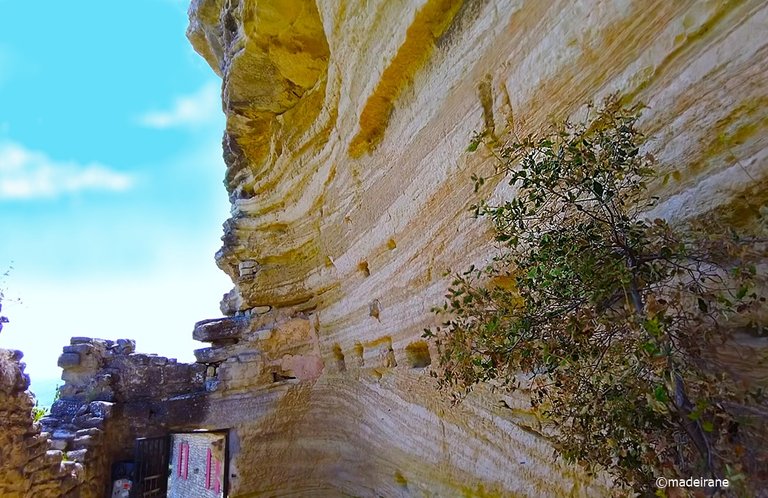
The rock is impressive and full of history. We saw a beautiful panorama of the entire valley, but we had to experience a good climb on a rocky section too. Be careful with small children. Also, the hill is a good place for takiing splendid photos.
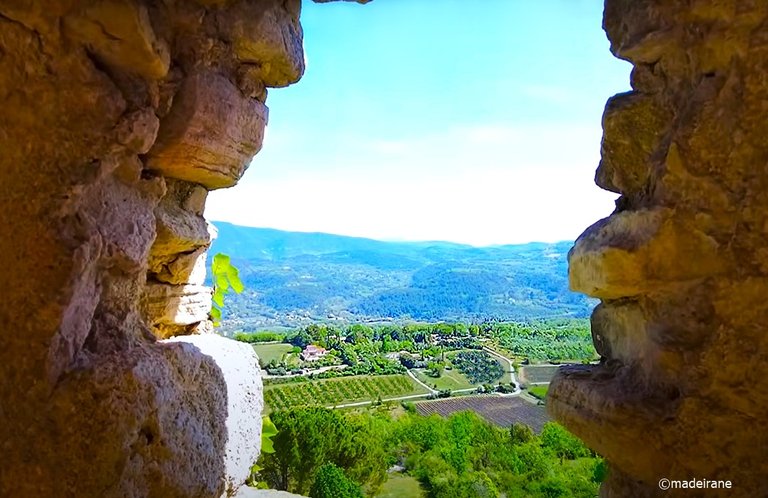
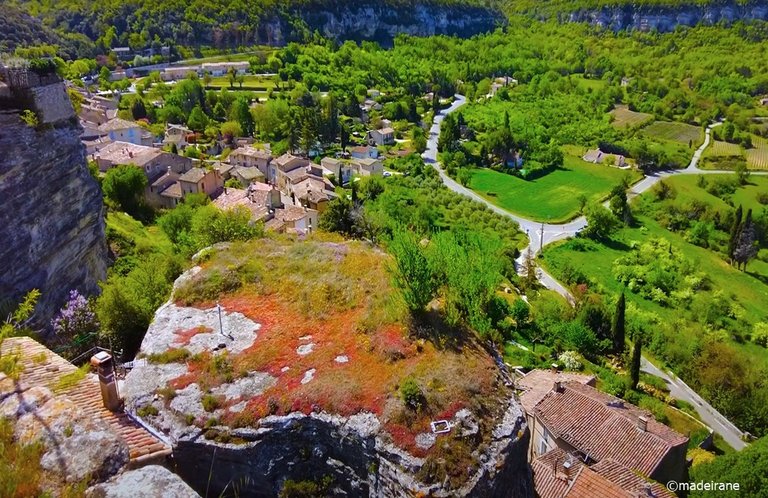
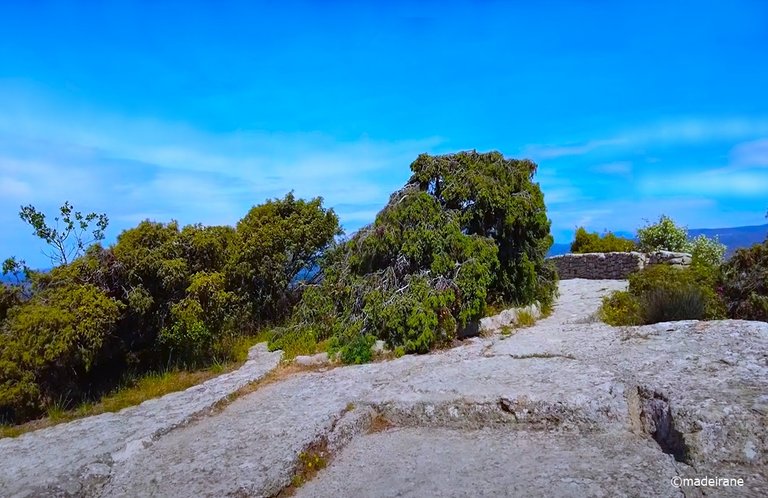
The cobblestones that we climbed to the top took us back in time. The rock is overlooking houses in the village. Tourists can climb the rock and enjoy a panoramic view of the Apt and the Luberon.
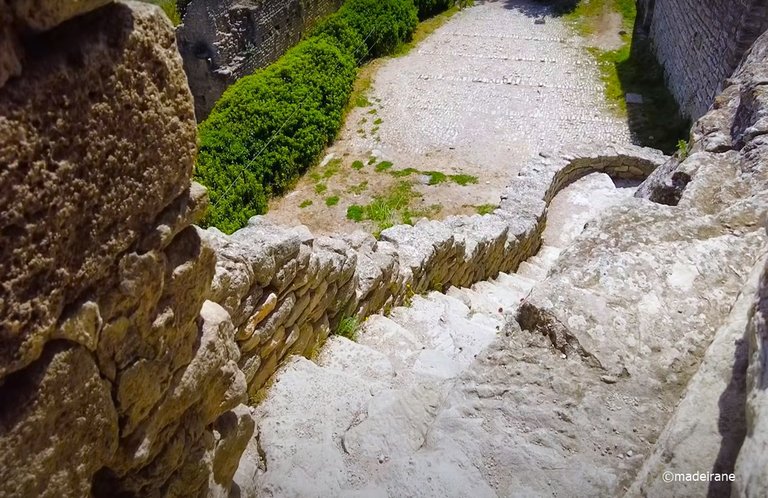
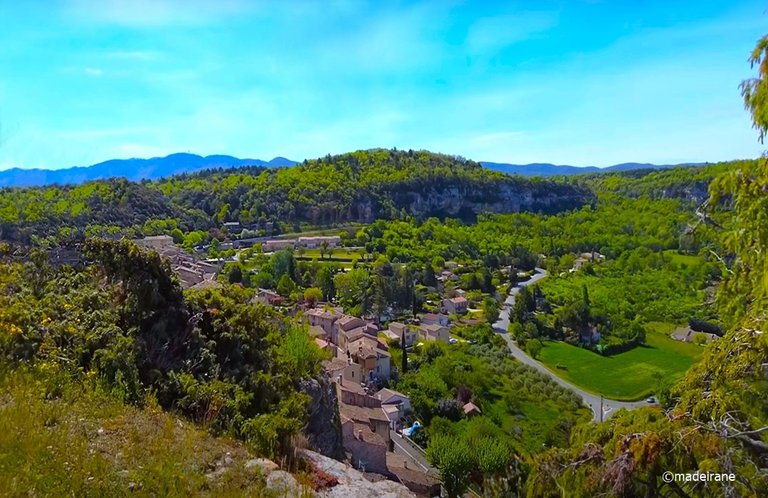
The Church of Notre-Dame de Pitié, built outside the walls, outside the ramparts, dates back to the 11th and 12th centuries in its older parts and is built in the Romanesque style with strict lines and almost devoid of decoration, except for the added Gothic portal. In its simplicity it has its own charm. The church was a place of pilgrimage for all of Provence.


This church, listed as a historical monument, also has a marble font. The door was open, we could admire the interior. Chic portal with three doors, a large Gothic arch, semicircular or trefoil arcades and double niches. Some of the frescoes are still visible. There is a pyramidal bell tower overlooking the triple nave. According to history, inside the church there was a stone engraved with a Celtic-Greek inscription.
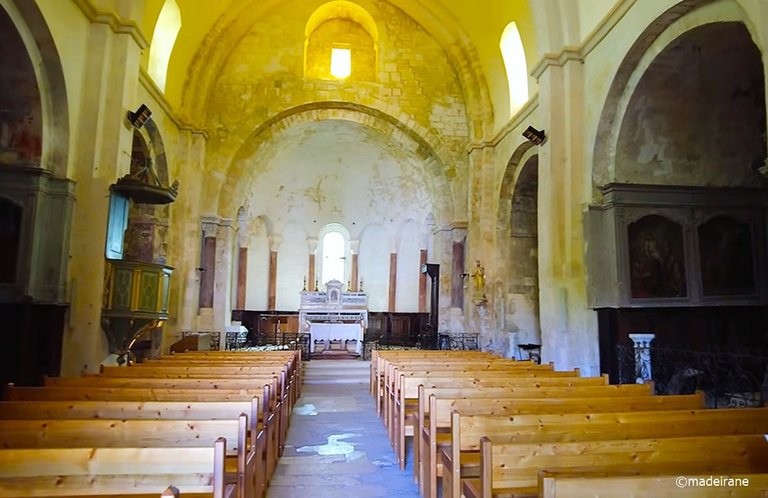
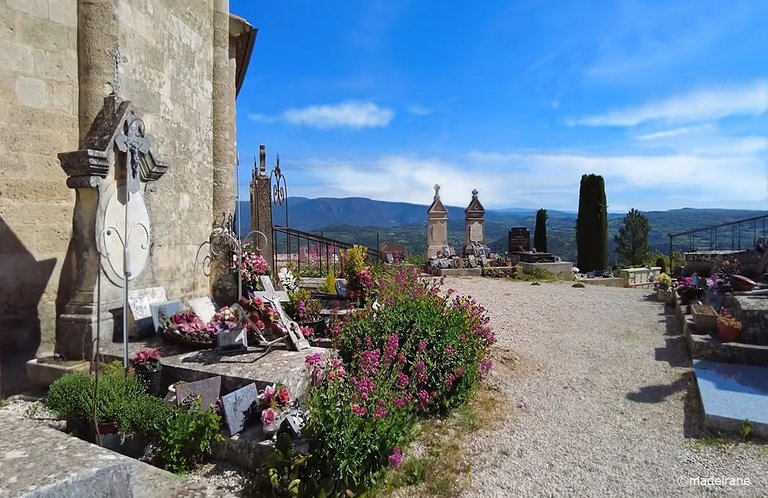
Also, the chapel of Saint-Michel de Transi, built in the eleventh century and rebuilt, and the castle of Valcroissant, fortified in the tenth century, but whose current buildings date from the sixteenth and seventeenth centuries.
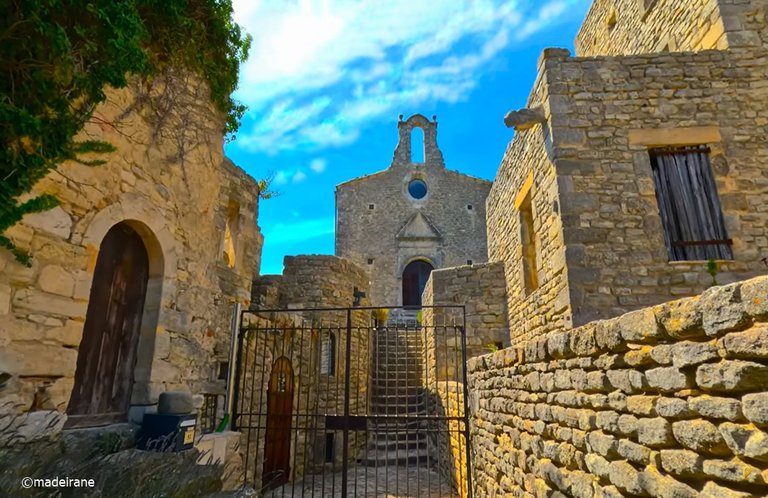
In the village itself, the sloping streets, old fountains, and washhouses have retained all their picturesque character. The habitat consists of tall old houses, sometimes with medieval foundations.

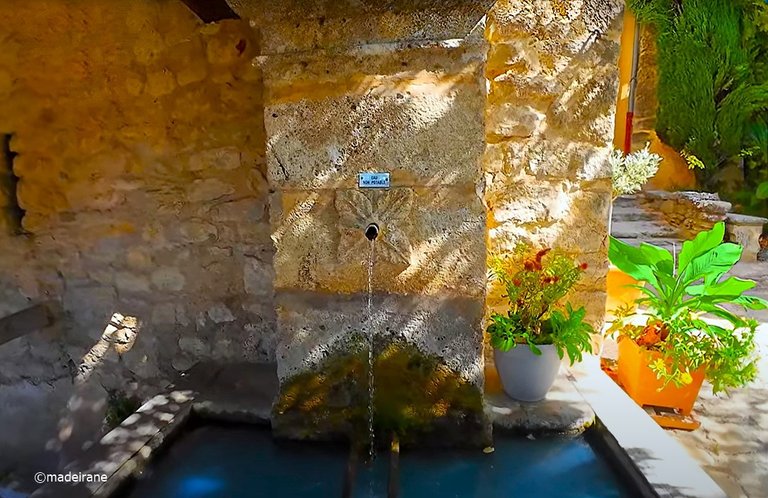
As we walked along the narrow streets, our eyes stopped at a beautiful fountain with allegorical statues on a small shaded square. It looks like an oasis of freshness with picturesque shady places and beautiful old houses overgrown with ivy or other greenery. Also, the washhouse on this small square and its bourgeois houses with remarkable architecture are worth seeing too.
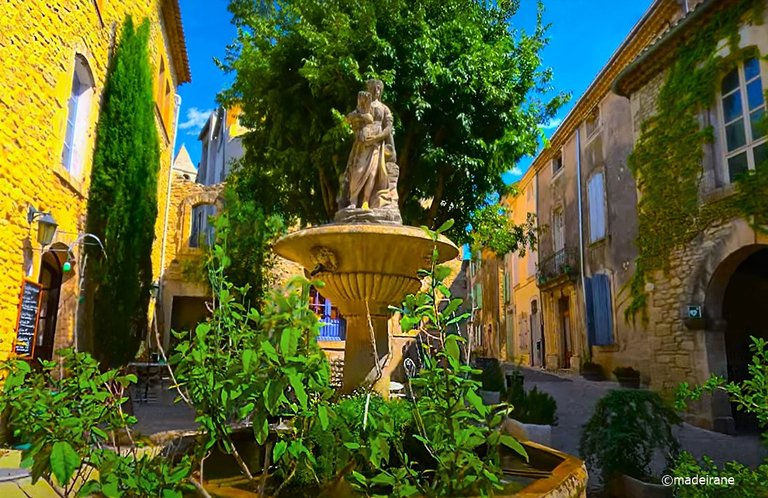
In Saignon, only one establishment is permanently open - a bakery-cafe-bistro, and for dinner we could choose a restaurant in the village. There are also two or three other eateries and a souvenir shop, but they are only open for a few hours during the day and not every day.
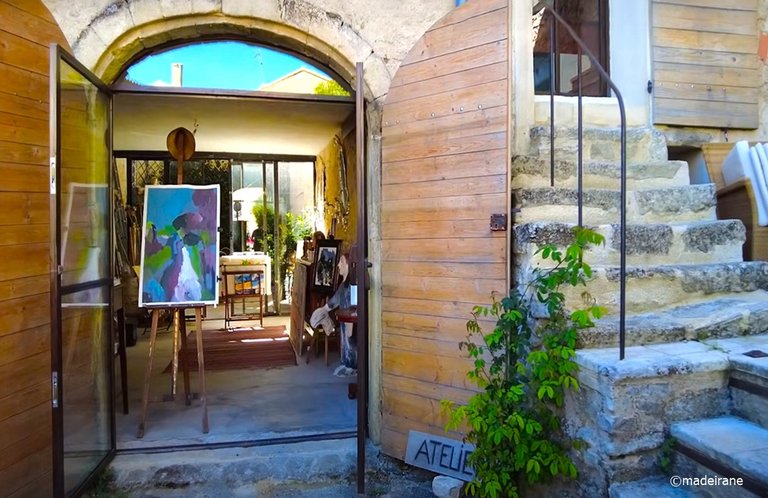
In short, it is a small village lost in the hills, located not far from Apt: a few streets, a giant church, a central square with a fountain, surrounded by old houses covered with ivy, a few restaurants and a large rock. Parking is outside the village.

It was certainly a pleasure to us to discover the magnificent old village of Saignon. It has its own charm for sue.
💝💝💝💝💝💝💝💝💝💝
With love, @madeirane
Photos are taken by me.
© 2024
Translated from Lithuanian with DeepL.com (free version)
Provanso senovės romėnų miestą Apt supa neliestos kalvos, ant kurių įsikūrę vaizdingi akmeniniai Bonnieux, Ménerbes, Mur, Saignon kaimai. Kai kurie iš jų tituluojami gražiausiais Prancūzijos kaimais. Provanso gyventojai visuomet šiltai priima svečius, atvykstančius susipažinti su šiomis vietomis! Ir turiu pasakyti, kad niekada nepatyrėme jokio jų grubumo.
Šiuose senuose kaimeliuose auga vynuogės, juose gausu fontanų, žavių bažnyčių, mažų skverų, kuriuose galėjome pasėdėti šešėlyje... Keliaudami po šiuos Pietų Prancūzijos kaimelius juokaudavome, kad jie konkuruoja grožiu. Šiandien noriu parodyti dar vieną iš jų - Saignoną.
Saignono kaimas įsikūręs Luberono kalnų masyve. Ir čia yra visų tų garsiųjų Provanso žavių detalių, dėl kurių žmonės iš viso pasaulio nori atvažiuoti jų aplankyti: maži akmeniniai namai, apaugę gebenėmis, fontanai, pavėsinės ir, žinoma, nesibaigiantys levandų laukai. Man Provanso kaimelių lankymas buvo tikras rojus mano sielai.
Puošnus, bet nedidelis kaimelis pastatytas ant kalvos viršūnės, jį užpildo mieli fasadai, žavios paslėptos gatvelės. Jis visai neužgožtas turistų ir išlieka ramus bei autentiškas. Saigono istorija siekia tūkstančius metų. Miestas, kuris laikui bėgant nebuvo prarastas, bet rado savo vietą po saule, kad šiandien spindėtų visu savo grožiu.
Saignonas su savo tvirtove gynė Apt miestą, kurį per amžius patyrė daugybę įvairių įsiveržimų. Juokinga, bet šiandien jis patiria didžiausią pastarųjų metų invaziją - turistų.
Ekonomika čia grindžiama vynuogininkyste ir levandų, medaus bei triufelių gamyba. Artimiausiose Apt miesto apylinkėse turizmas taip pat tapo pagrindine ekonomikos ašimi.
Nuo priešistorinių laikų ir senovėje apgyvendintas kaimas, įsikūręs 500 metrų aukštyje esančiame kyšulyje, pasižymi tikru autentišku žavesiu. Viduramžiais įtvirtintas, tarp kurio sienų slepiasi net trys pilys. Be to, Saignone yra XI a. abatija.
Šiuo metu čia gyvena apie 1050 gyventojų. Senovinių gatvelių žavesys, išlikęs paveldas ir šio vaizdingo kaimelio panoramos mus viliojo ne pravažiuoti pro šį kaimą, o atvykti ir patiems pamatyti.
Iš pradžių nusprendėme aplankyti keletą istorinių objektų ir tik tada mėgautis paties kaimo žavesiu. Pagrindine kaimo įžymybe laikoma 35 metrų aukščio uola. Šią natūralią iškyšulį senovėje vietiniai gyventojai naudojo įtvirtinimams statyti. Apie tai primena ir išlikę urvai su tuneliais. Uola įspūdinga ir kupina istorijos. Pamatėme gražią viso slėnio panoramą, tačiau teko įveikti gerą įkalnę uolėtoje atkarpoje. Būkite atsargūs su mažais vaikais. Be to, kalnas yra gera vieta daryti nuostabias nuotraukas.
Į pačią viršūnę vedantys grindinio akmenys nukelia mus į praeitį.
Notre-Dame de Pitié bažnyčia, pastatyta už sienų, už gynybinių sienų, senesnėse dalyse datuojama XI-XII a. Ji pastatyta romaniniu stiliumi, griežtų linijų ir beveik be puošybos, išskyrus pridėtą gotikinį portalą. Savo paprastumu jis turi savito žavesio. Bažnyčia buvo viso Provanso piligrimystės vieta.
Šioje bažnyčioje, įtrauktoje į istorijos paminklų sąrašą, taip pat yra marmurinė krikštykla. Durys buvo atidarytos, galėjome pasigrožėti vidumi. Prašmatnus portalas su trimis durimis, didelė gotikinė arka, pusapvalės arba triaukštės arkos ir dvigubos nišos. Kai kurios freskos vis dar matomos. Virš trigubos navos stovi piramidės formos varpinė. Pasak istorijos, bažnyčios viduje buvo akmuo, ant kurio iškaltas keltų ir graikų užrašas.
Taip pat XI a. pastatyta ir perstatyta Saint-Michel de Transi koplyčia ir X a. įtvirtinta Valcroissant pilis, kurios dabartiniai pastatai pastatyti XVI-XVII a.
Pačiame kaime, nuožulnios gatvelės, senieji fontanai ir skalbyklos išsaugojo visą savo vaizdingumą. Gyvenvietę sudaro aukšti seni namai, kartais su viduramžių pamatų pamatais. Jie supa virš jų stūksančią uolą, kurioje buvo iškastos patalpos, įskaitant seną aliejaus spaudyklą. Dabar galime užlipti ant uolos ir pasigrožėti Apt ir Luberono panorama.
Einant siauromis gatvelėmis, mūsų žvilgsnis sustojo ties gražiu fontanu su alegorinėmis statulomis nedidelėje pavėsingoje aikštelėje. Ji atrodo tarsi gaivos oazė su vaizdingomis pavėsingomis vietomis ir gražiais senais namais, apaugusiais gebenėmis ar kita žaluma. Taip pat verta pamatyti ir šioje nedidelėje aikštėje esančią skalbyklą bei nepaprastos architektūros buržuazinius namus.
Saignone nuolat veikia tik viena įstaiga - kepyklėlė-kavinė-bistro, o vakarienei galėtume rinktis kaime esantį restoraną. Taip pat yra dar dvi ar trys užkandinės ir suvenyrų parduotuvė, tačiau jos dirba tik kelias valandas per dieną ir ne kasdien.
Trumpai tariant, tai nedidelis kalvose pasiklydęs kaimelis, įsikūręs netoli Apt: kelios gatvelės, didžiulė bažnyčia, centrinė aikštė su fontanu, apsupta senų namų, apaugusių gebenėmis, keli restoranai ir didelė uola. Automobilių stovėjimo aikštelė yra už kaimo ribų.
You can check out this post and your own profile on the map. Be part of the Worldmappin Community and join our Discord Channel to get in touch with other travelers, ask questions or just be updated on our latest features.